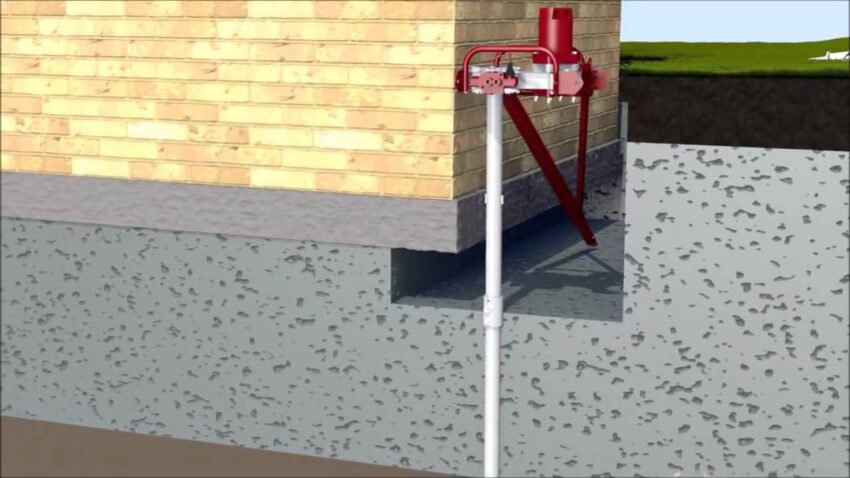Foundation underpinning is a process that strengthens the foundation by adding piers and piling.
This process also improves the bearing capacity of existing buildings by adding extra load to the
foundation. It can also provide additional basement space. These benefits make foundation
staking an excellent choice for many people and businesses. Here are some of these benefits:
Soil type plays a vital role in determining the stability of a building’s foundation. Some soils are
more susceptible to structural change than others. Soil type will determine which Underpinning Melbourne method will work best in your home. In addition, it will determine the extent of damage to your
home. We will conduct a free inspection of the home to help you choose the best underpinning
method. This initial evaluation can save you money.
Helical tiebacks are the most complex underpinning method. These are made up of square
tubes that have been hot-dipped galvanized. These are driven into the ground at an angle and
can be used for retaining walls, straightening basements, or stabilizing sloping land. Helical
tiebacks are capable of supporting up to 200,000 lbs. This procedure is extremely complex and
requires a lot of tools.
A geotechnical engineer visits the site of your foundation to assess the structure. He will also
take measurements of soil and the surrounding strata. He will recommend the right underpinning
technique for your building. Pile underpinning can either be done manually or with heavy
excavation equipment, depending on the soil type. Pile underpinning is only useful for shallow
depths. Pile underpinning is not effective for heavy foundations.
The foundation of a house is one of the most important parts of the structure. There are many
factors that can cause foundation damage, including weather changes and area changes.
Foundation underpinning is a great method to strengthen a weak foundation after a natural
catastrophe or aging. This process is applicable to both residential and commercial buildings. It
requires notice to neighbors before work begins. The process usually takes just a few working
days once it’s completed.
Mudjacking is an additional method to underpin a hole. It involves injecting grout inside a
previously dug hole. This substance calcifies the soil, making it harder, thicker, and less
permeable. This process is not permanent but can be used to fix foundation issues. If you don’t
have the money to hire a professional, consider a foundation underpinning company. The Real
Seal, for example, offers a free assessment and foundation repair services.
Another type is mass concrete. Concrete is poured into the soil underneath the foundation. This
method works well for homes with weak foundations. An engineer will dig out the soil and pour
concrete into the holes. The rebar is then extended into additional concrete piles. This method
distributes load-bearing stress evenly across multiple points, making it more durable, resilient,
and long-lasting.
